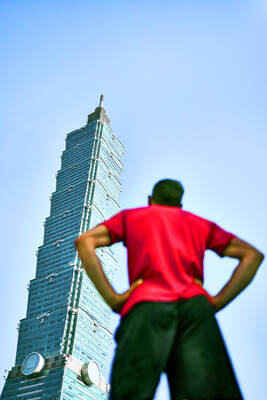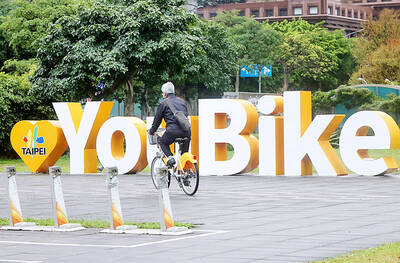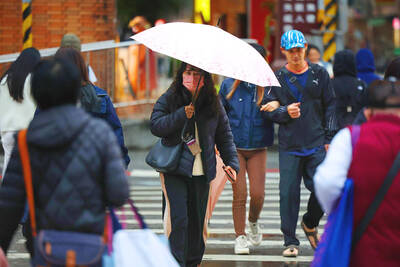The National Vaccine Injury Compensation Program (VICP) has awarded NT$3.5 million (US$116,877) to the family of a person in Tainan who died of intracerebral hemorrhage after receiving a dose of the AstraZeneca COVID-19 vaccine.
A VICP meeting held on June 23 reviewed 65 cases of suspected adverse reactions after COVID-19 vaccination, and compensation was granted in 10 cases: seven involving the AstraZeneca vaccine, and one case each with the Medigen, Pfizer-BioNTech and Moderna vaccines.
The NT$3.5 million case involved a person surnamed Lin (林). Ten days after receiving a dose of the AstraZeneca vaccine, Lin was hospitalized with a headache and vomiting, and a blood test indicated thrombocytopenia — a low platelet count.
However, Lin was discharged the next day.
Lin was again rushed to hospital after losing consciousness that night, and a computed tomography (CT) scan of their head showed a severe hemorrhage in the left temporal lobe and a subarachnoid hemorrhage. Lin died of intracerebral hemorrhage.
Lin did not have a medical history of underlying health conditions, and although thrombocytopenia was detected, no blood clots were found, so the case did not meet the criteria for thrombosis with thrombocytopenia syndrome, the VICP’s report said.
Considering the chronology of events and Lin’s clinical symptoms, the VICP said that the intracerebral hemorrhage was linked to serious thrombocytopenia.
There is no evidence linking immune thrombocytopenia and the AstraZeneca vaccine, so the compensation was granted, it said.

US climber Alex Honnold is to attempt to scale Taipei 101 without a rope and harness in a live Netflix special on Jan. 24, the streaming platform announced on Wednesday. Accounting for the time difference, the two-hour broadcast of Honnold’s climb, called Skyscraper Live, is to air on Jan. 23 in the US, Netflix said in a statement. Honnold, 40, was the first person ever to free solo climb the 900m El Capitan rock formation in Yosemite National Park — a feat that was recorded and later made into the 2018 documentary film Free Solo. Netflix previewed Skyscraper Live in October, after videos

Starting on Jan. 1, YouBike riders must have insurance to use the service, and a six-month trial of NT$5 coupons under certain conditions would be implemented to balance bike shortages, a joint statement from transportation departments across Taipei, New Taipei City and Taoyuan announced yesterday. The rental bike system operator said that coupons would be offered to riders to rent bikes from full stations, for riders who take out an electric-assisted bike from a full station, and for riders who return a bike to an empty station. All riders with YouBike accounts are automatically eligible for the program, and each membership account

NUMBERS IMBALANCE: More than 4 million Taiwanese have visited China this year, while only about half a million Chinese have visited here Beijing has yet to respond to Taiwan’s requests for negotiation over matters related to the recovery of cross-strait tourism, the Tourism Administration said yesterday. Taiwan’s tourism authority issued the statement after Chinese-language daily the China Times reported yesterday that the government’s policy of banning group tours to China does not stop Taiwanese from visiting the country. As of October, more than 4.2 million had traveled to China this year, exceeding last year. Beijing estimated the number of Taiwanese tourists in China could reach 4.5 million this year. By contrast, only 500,000 Chinese tourists are expected in Taiwan, the report said. The report

Temperatures are forecast to drop steadily as a continental cold air mass moves across Taiwan, with some areas also likely to see heavy rainfall, the Central Weather Administration (CWA) said. From today through early tomorrow, a cold air mass would keep temperatures low across central and northern Taiwan, and the eastern half of Taiwan proper, with isolated brief showers forecast along Keelung’s north coast, Taipei and New Taipei City’s mountainous areas and eastern Taiwan, it said. Lows of 11°C to 15°C are forecast in central and northern Taiwan, Yilan County, and the outlying Kinmen and Lienchiang (Matsu) counties, and 14°C to 17°C